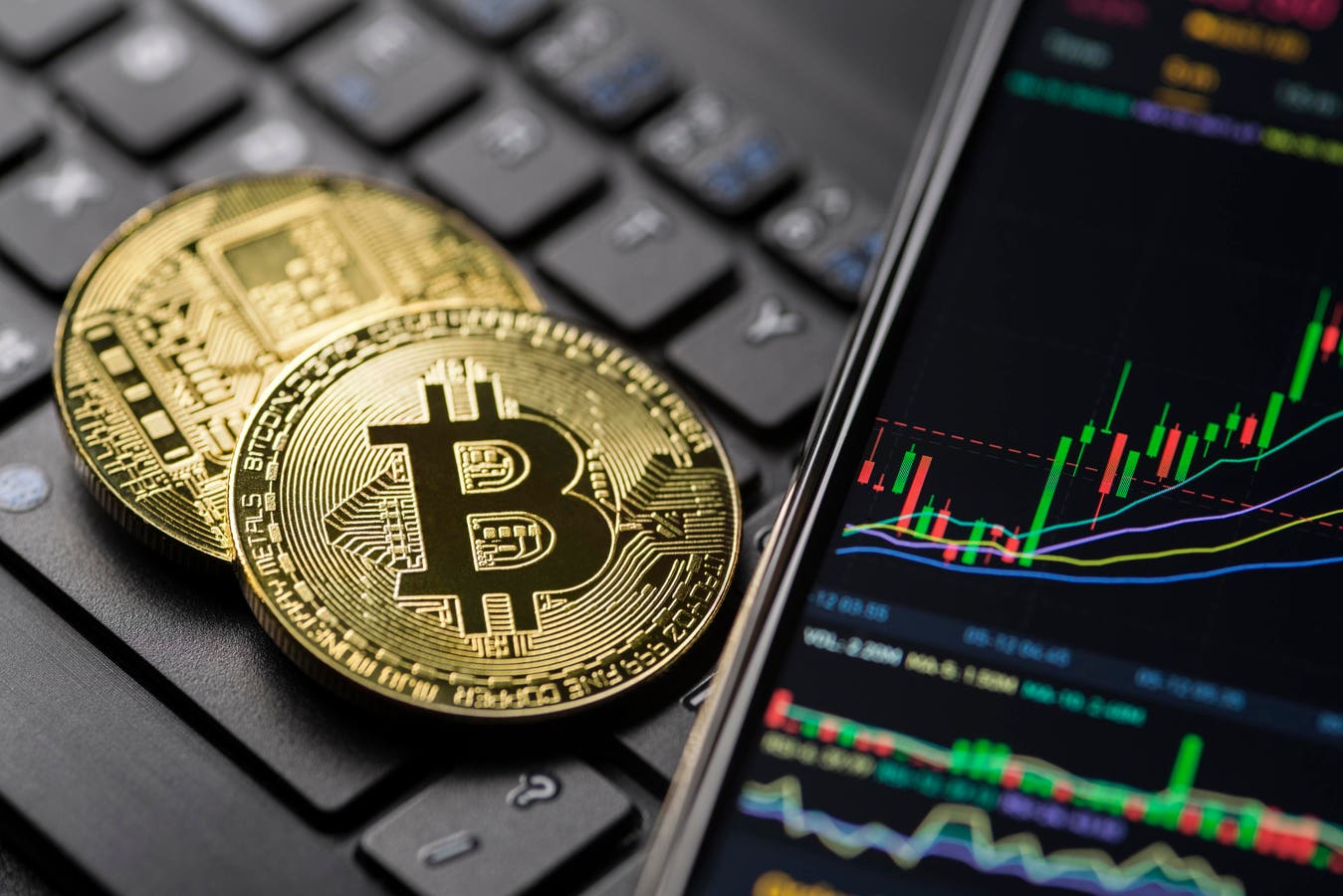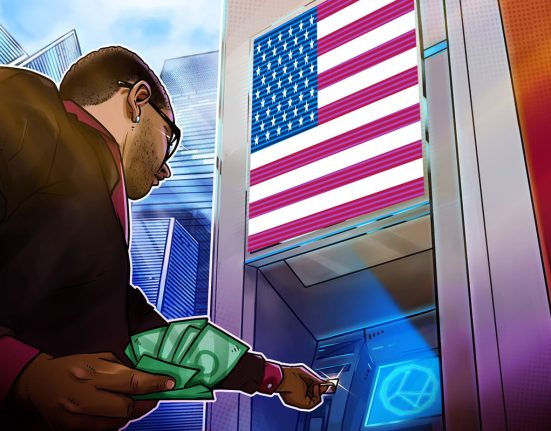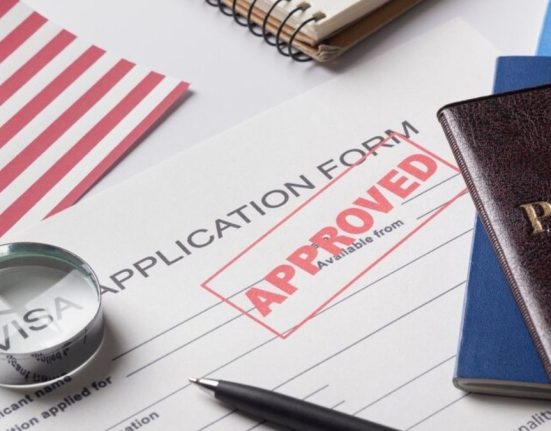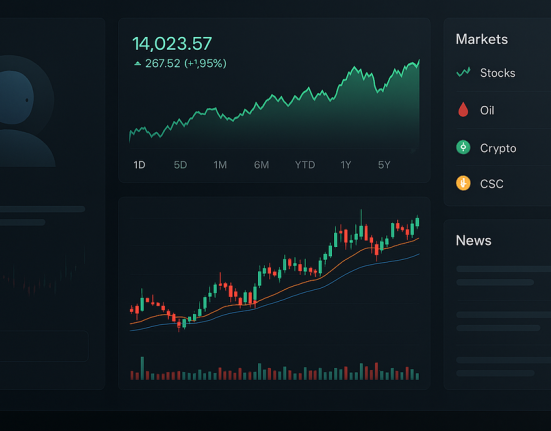A clear legal framework is needed to support regulatory consistency and provide the stability … More
Institutional adoption of bitcoin is gaining new momentum in 2025, driven by high-profile developments in both the private and public sectors. GameStop’s purchase of 4,710 bitcoin and a $2.5 billion bitcoin initiative from Trump Media highlight how digital assets are entering mainstream financial strategy.
This article explores the cascading effects of GameStop and Trump Media publicly adding bitcoin to their balance sheets, indicating a growing institutional interest in digital assets. It also examines how President Trump’s executive actions are reshaping the federal approach to digital assets and what these combined developments could mean for the future of institutional crypto adoption in the United States.
GameStop’s Strategic Bitcoin Acquisition
In May 2025, GameStop announced it had purchased 4,710 bitcoin, confirming the acquisition in a press release on May 28. The purchase reflects a growing trend among public companies using bitcoin as a treasury asset and positions GameStop alongside other firms integrating digital assets into their balance sheets as a potential hedge against economic uncertainty.
CEO Ryan Cohen addressed the decision in a recorded interview at the 2025 Bitcoin Conference in Las Vegas. He described bitcoin and gold as “hedges against global currency devaluation and systemic financial risk.” When asked whether GameStop planned to increase its holdings, Cohen said the company’s future strategy remains undecided and emphasized that it will continue making decisions based on what aligns best for the company as a whole.
Trump’s Administration and Crypto Initiatives
Since taking office for his second term in 2025, U.S. President Donald Trump has aggressively advanced crypto-friendly policies to position the U.S. as “the crypto capital of the world.” On January 23, 2025, the President signed Executive Order 14178, “Strengthening American Leadership in Digital Financial Technology,” revoking prior guidance on a central bank digital currency and creating a working group to develop a federal regulatory framework for digital assets. On March 6, President Trump issued Executive Order 14233 establishing a Strategic Bitcoin Reserve and a U.S. Digital Asset Stockpile funded with cryptocurrencies seized through forfeiture proceedings. These initiatives reflect a clear shift in policy, treating digital assets as reserve holdings alongside more traditional stores of value.
In addition to executive action, the Trump administration has shifted its approach to regulatory enforcement. Leadership changes at key agencies included the appointment of Paul Atkins, a proponent of digital assets, as Chair of the Securities and Exchange Commission and the disbanding of the Justice Department’s crypto enforcement unit. Legal proceedings involving major platforms such as Coinbase and Binance have been paused or dismissed under updated guidance from the administration’s crypto task force.
Separately, Trump Media and Technology Group launched a $2.5 billion initiative to build a bitcoin treasury, with custody provided by Anchorage Digital and Crypto.com. These developments reflect a broader strategy to integrate digital assets into government policy and private-sector activity.
The Impact On Institutional Crypto Adoption
GameStop’s bitcoin purchase marks a notable example of a public company allocating digital assets as part of its treasury strategy. The company’s decision to acquire 4,710 bitcoin and publicly disclose the move highlights a growing corporate interest in alternative value stores. While not unprecedented, GameStop’s actions add to the visibility of bitcoin as a financial asset and may prompt further examination of similar strategies among other publicly traded firms.
In parallel, the Trump administration introduced a series of executive actions that frame digital assets as legitimate components of the U.S. financial system. Establishing a Strategic Bitcoin Reserve, prohibiting a central bank digital currency and creating a federal working group on digital asset markets represent a coordinated policy shift. These developments have altered the regulatory environment, potentially shaping how institutions approach compliance, custody and long-term planning for digital asset involvement.
Regulatory Landscape
The regulatory environment for digital assets is changing, accompanied by increased engagement from businesses and individual investors. President Trump’s executive actions related to digital assets have shifted the federal approach, introducing a new perspective on how executive agencies treat digital assets. These developments have taken place amid broader interest in digital assets across the private sector, as companies and financial service providers explore potential uses within existing economic and technological systems.
Despite these developments, Congress has not passed any federal legislation to formalize the new direction. The current framework is based solely on executive orders, which future administrations can revise or reverse. As a result, the long-term regulatory outlook remains uncertain. A comprehensive legal framework is needed to establish lasting economic stability and support sustained institutional adoption of digital assets. Legislative clarity also helps standardize compliance, reduce risk and encourage broader market participation.
The Outlook Of Institutional Crypto Adoption
In the short term, institutional interest in digital assets is gaining traction. High-profile moves by companies like GameStop and President Trump’s actions have contributed to a more open environment for exploring bitcoin as part of financial strategies. Custodial partnerships, treasury allocations, and public disclosures are becoming more common as institutions test limited exposure to digital assets within existing risk frameworks.
Over the long term, the outlook for institutional adoption will likely depend on establishing a clear and consistent regulatory foundation. While executive orders and market signals have shaped current policy, the absence of formal legislation leaves room for uncertainty. The passage of comprehensive federal laws could provide the stability and legal clarity needed to support broader integration of digital assets across the financial system.
Bottom Line
Momentum is growing in digital asset adoption, including GameStop’s bitcoin purchase and new executive actions, which show a deepening alignment between digital assets and institutional finance. These signals suggest that bitcoin is becoming more accepted in both corporate strategy and federal policy, with increasing visibility in treasury management and government planning.
However, these shifts rely on executive authority rather than formal legislation. Long-term adoption remains uncertain without a federal law to anchor the current direction. A clear legal framework is needed to support regulatory consistency and provide the stability required for broader institutional participation. In the meantime, companies and investors are navigating a landscape shaped by executive orders and market momentum, while watching closely for legislative efforts that could define the future of digital asset integration.








